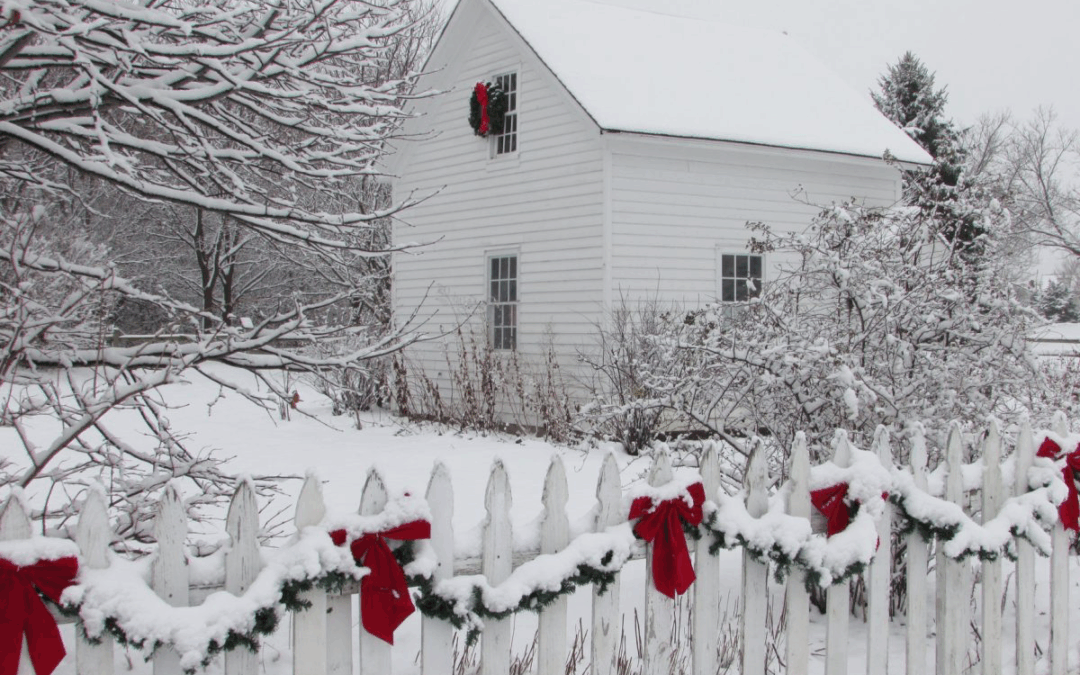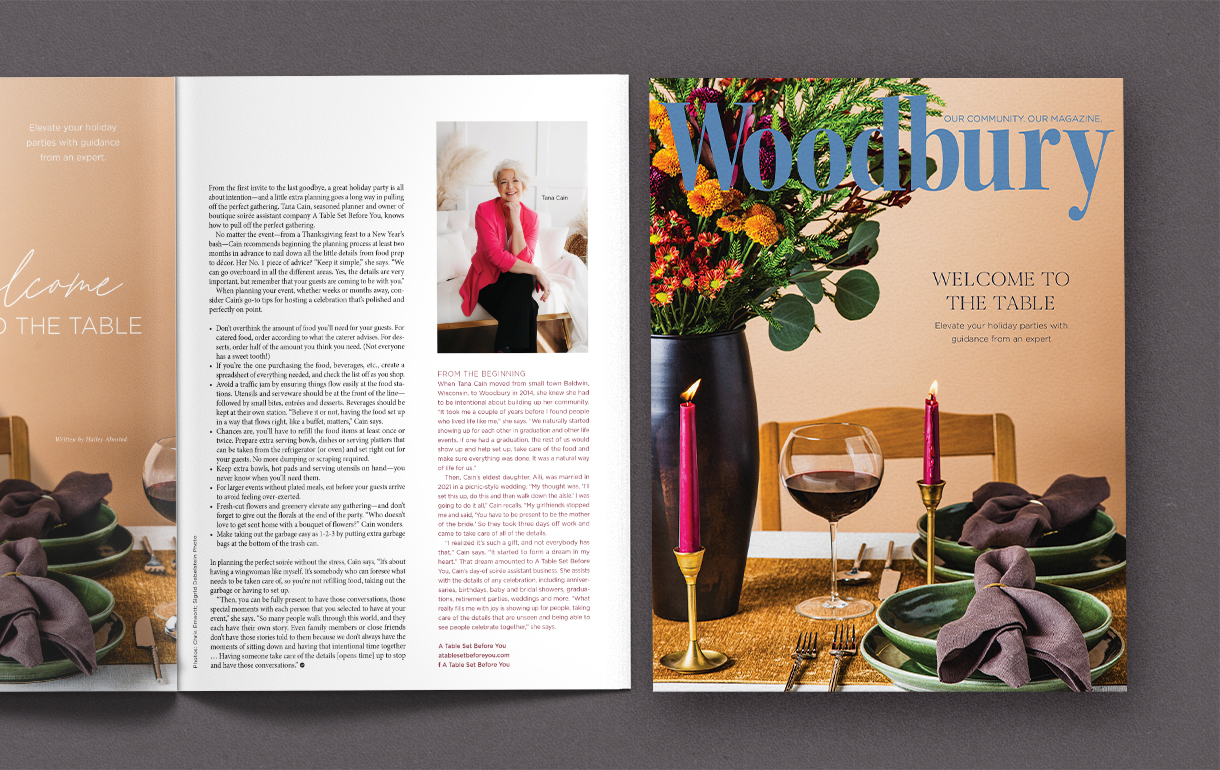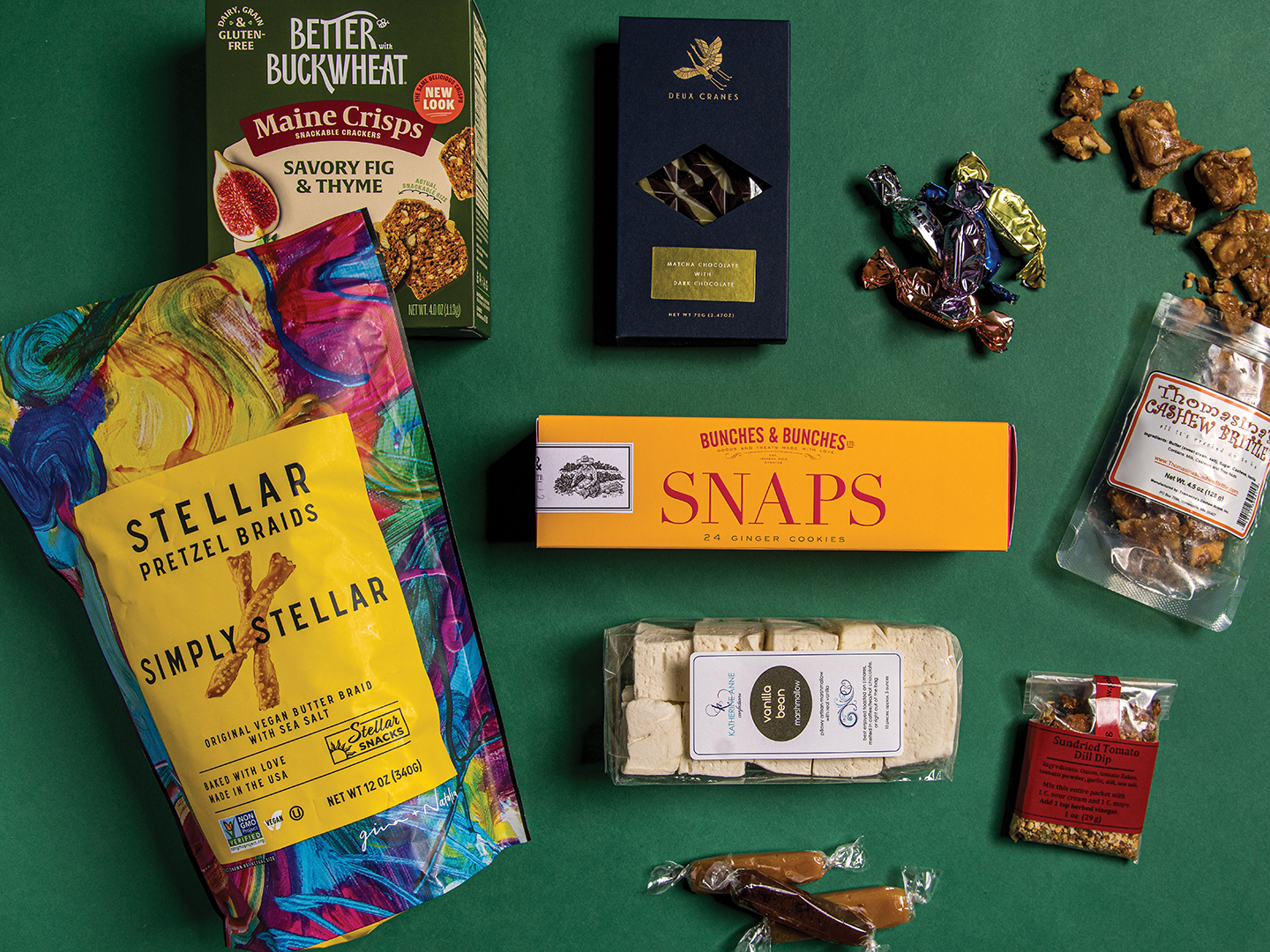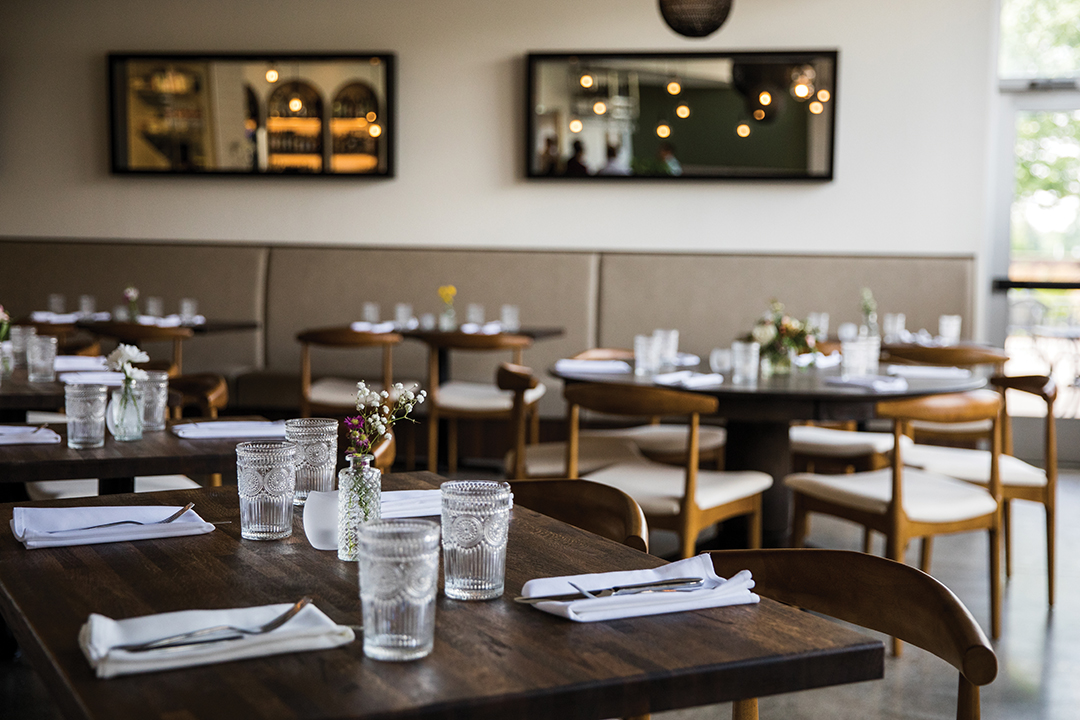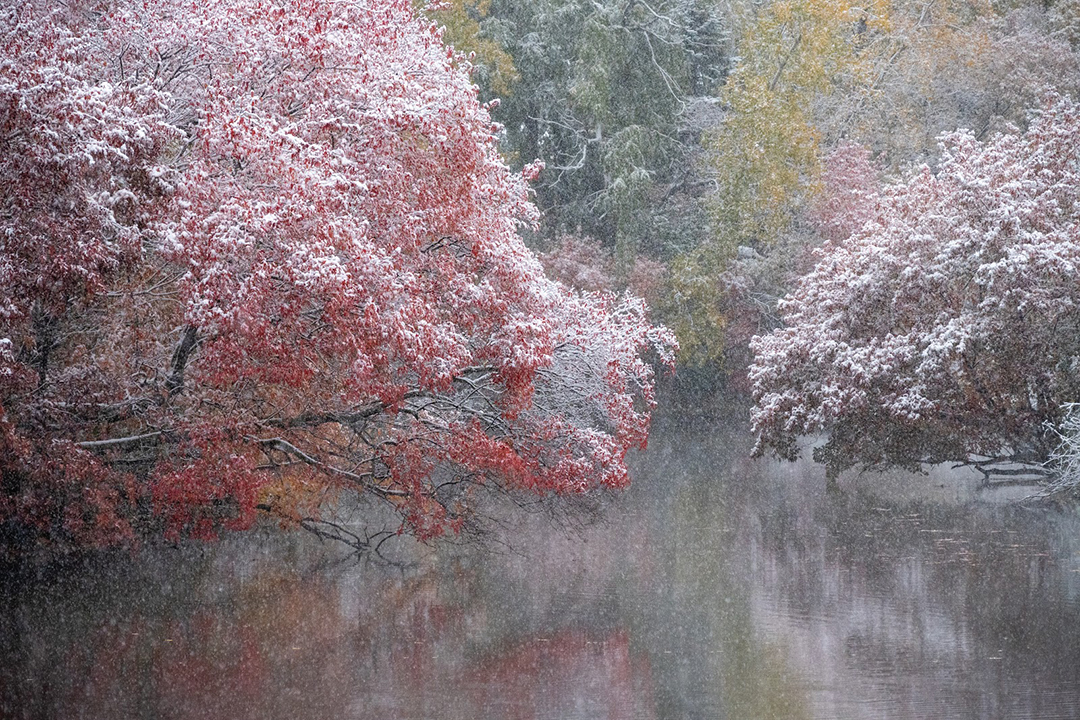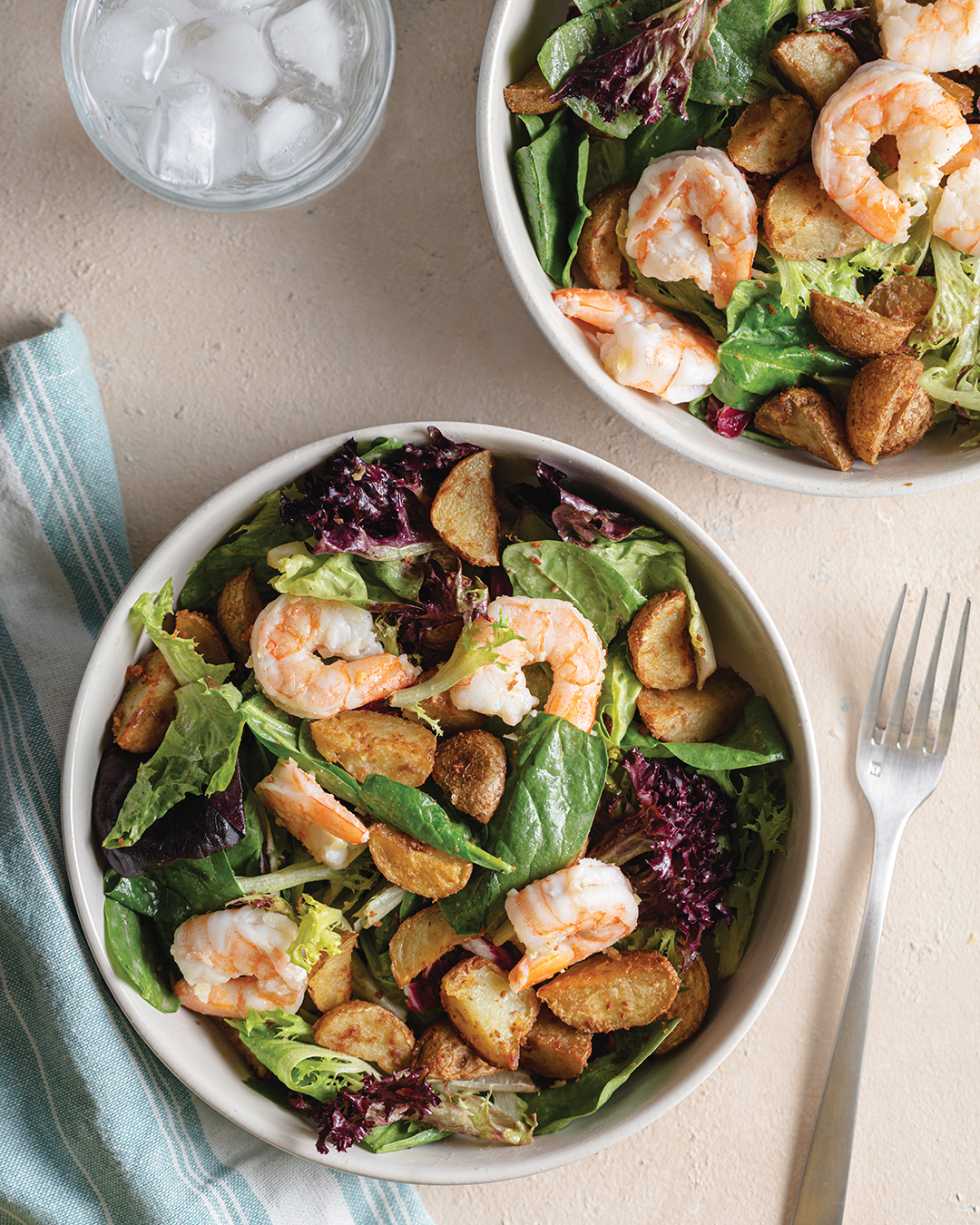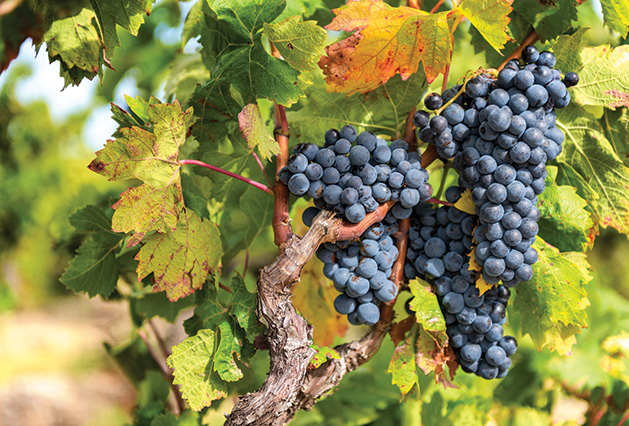
iStock/yoh4nn
Learn about wine that’s as old as the region itself.
I’ve neglected this iconic French wine region far too long. Burgundy follows only Bordeaux with respect to wine history, quality and iconic producers. Google “2005 DRC” to get a taste. Winemaking in Burgundy dates as far back as the fifth century, when Christian monks refined the process over generations of documenting their experiments. They discovered how different terroir affected each finished wine. Today’s grand cru and premier cru parcels are based on the work of those monks centuries ago—a much different history then ours here in the New World.
One of the most interesting features of Burgundy is that the vineyards have become segmented over time. Burgundy land ownership is extremely splintered. After the French Revolution, land was distributed to peasant supporters according to the Napoleonic Code, which required all heirs to inherit equally through generations. The result, many generations later, is a highly fragmented vineyard ownership structure. In the U.S., for example, large farms sell grapes to many wineries. In Burgundy, wineries buy from many farms through negociants (buyers acting as brokers).
Two grape varieties rule in Burgundy: chardonnay and pinot noir. White Burgundy is chardonnay and red Burgundy is pinot noir. Don’t let the French labels fool you; it’s that simple. You won’t find the buttery, oaky chard or the fruit-forward pinot here. White Burgundy are crisp minerally with notes of citrus. Red Burgundy have an earthy, lean, complex quality about them. The most anti-New World white Burgundy is Chablis. Here’s my favorite pairing: Chablis with halibut. Perfect!
Andy Carl is a local wine expert —the Woodbury Wine Wizard—whose recommendations appear each month in this section of Woodbury Magazine.



